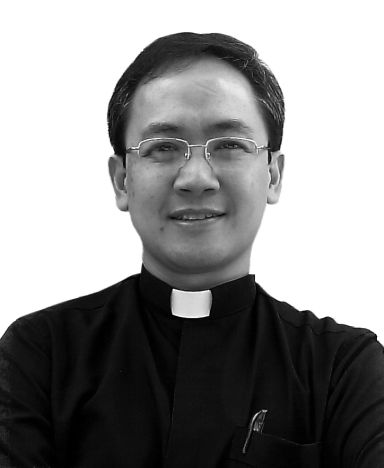
Ongkingco
Many are easily misled to think that the Catholic Church has finally come to terms with the times by now allowing cremation. But Her past disapproval of cremation stems more with its association with pagan culture that denied the most fundamental point of our faith — the resurrection.
Moreover in the past, there were — and there still are — individuals who choose cremation as an explicit denial of Christian dogmas, hatred for the Catholic religion and the Church. Such were the motives that made the Church exercise prudence by discouraging cremation as a form of burial among Her children.
Today, the practice of cremation has dramatically increased in many countries. Likewise, ideas and lifestyles contrary to the faith have also grown. With the instruction Ad resurgendum cum Christo (18 March 2016), the Church wants to again reaffirm Her teachings related to death, cremation and the proper burial of Her faithful.
Here are some of the Instruction’s most significant points:
• Cremation is not opposed per se to the Christian religion and that no longer should the sacraments and funeral rites be denied to those who asked to be cremated, except under the condition that this choice has not been made to contradict Christian dogma or hatred for the Catholic faith and Church.
• In our union with Christ through baptism, death has a positive meaning. Thus, the church insistently recommends that the bodies of the deceased be buried in cemeteries or other sacred places to confirm Her faith in the resurrection of the human body.
• She cannot condone attitudes or permit rites involving erroneous ideas about death, for example: the person’s definitive destruction, or fusion with Mother Nature or the universe, or a stage in the cycle of regeneration or final liberation from the “prison of the body.”
• The church approves of sanitary, economic or social considerations to choose cremation. But this choice must never violate the explicitly stated or the reasonably inferable wishes of the deceased faithful.
• Cremation, in and of itself, objectively negates neither the Christian doctrine of the soul’s immortality nor that of the resurrection of the body. However, She continues to prefer the practice of burying the bodies of the dead because if shows a greater esteem towards the deceased.
• Ashes must be reserved in sacred place to ensure that they are not excluded from the prayers and remembrance of their family or the Christian community. This also prevents the faithful departed from being forgotten, or their remains from being shown a lack of respect, which eventuality is possible, most especially once the immediately subsequent generation has too passed away. This prevents any unfitting or superstitious practices.
• The conservation of the ashes of the departed in a domestic residence is not permitted except in grave and exceptional cases owing to cultural conditions of a localized nature. The ashes may not be divided among various family members and due respect must be maintained regarding the circumstances of such a conservation.
• It is not permitted to scatter the ashes of the faithful departed in the air, on land, at sea or in some other way, nor may they be preserved in mementos, pieces of jewelry or other objects.
“Lord, for your faithful, life is changed, not ended. (Preface for Mass for the Dead)”
Disclaimer: The comments uploaded on this site do not necessarily represent or reflect the views of management and owner of Cebudailynews. We reserve the right to exclude comments that we deem to be inconsistent with our editorial standards.
